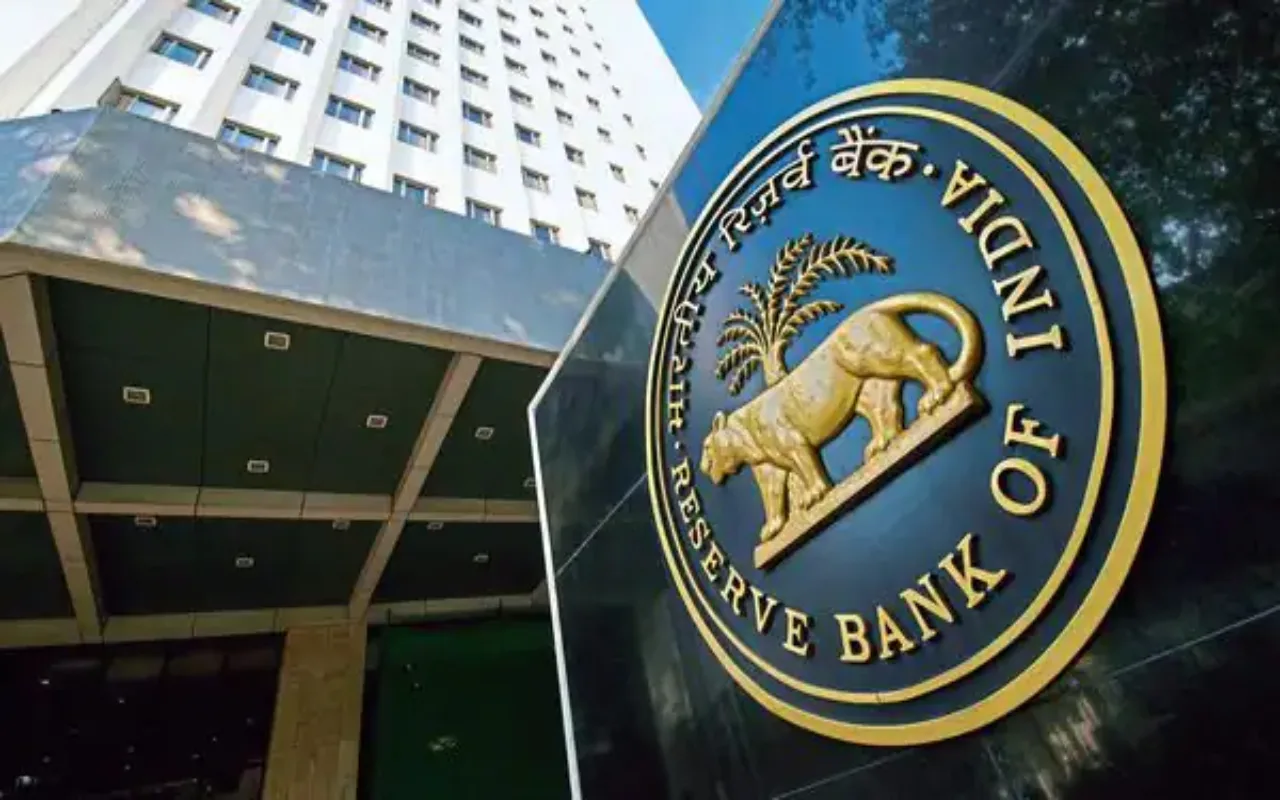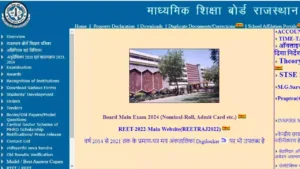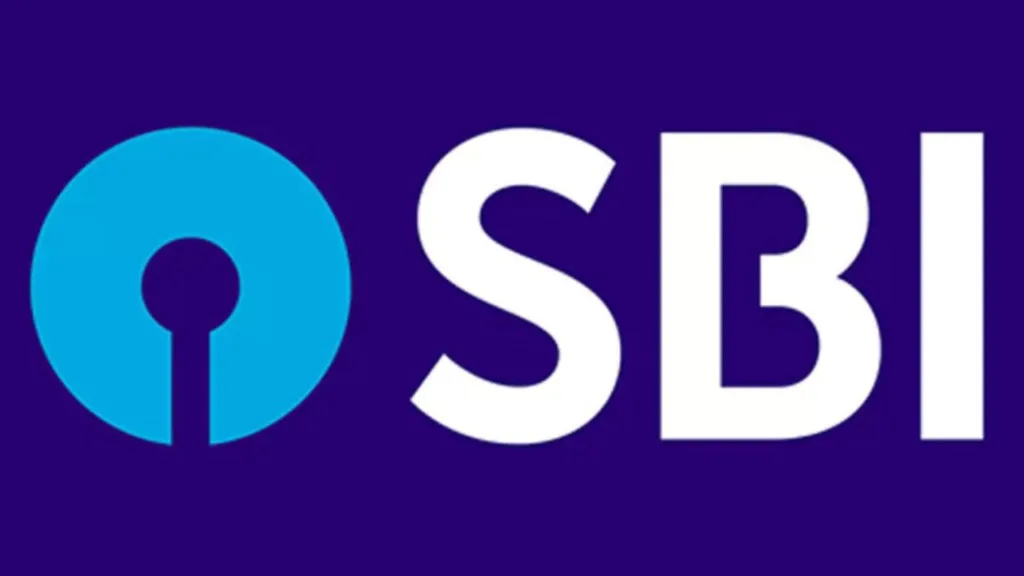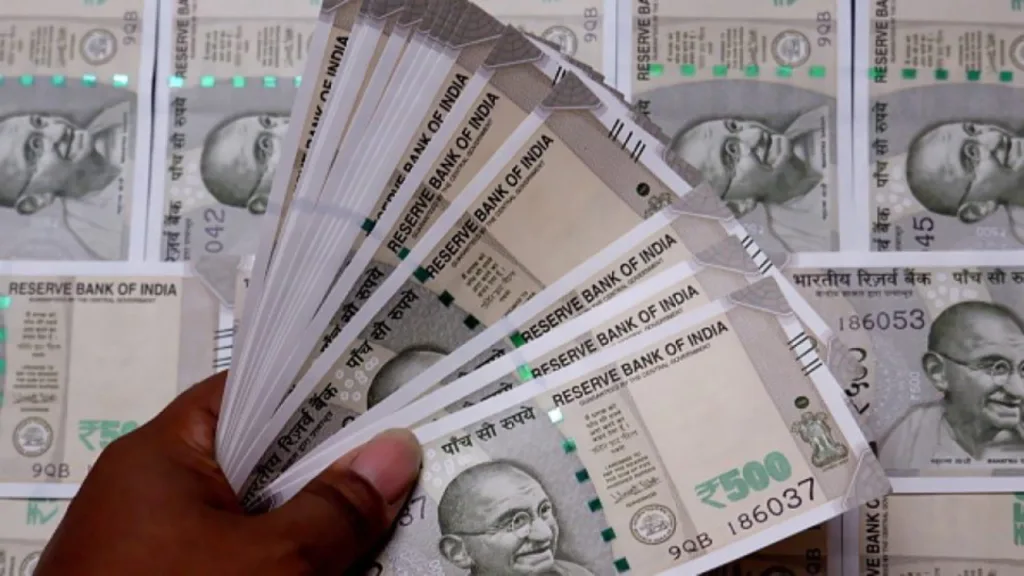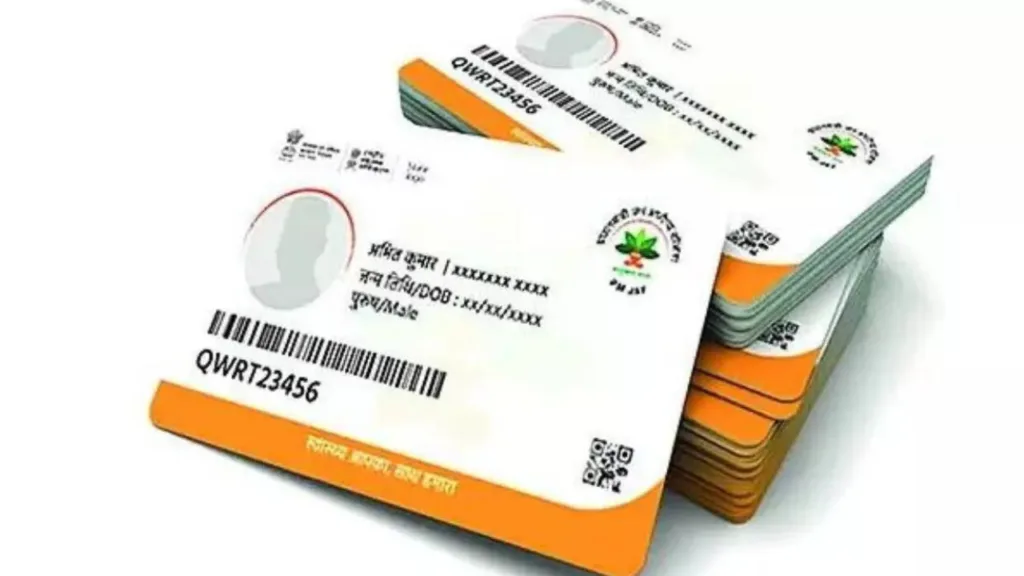Reports indicate the Reserve Bank of India (RBI) is intensifying its fight against excessive lending practices, or “credit exuberance,” in the retail sector. This move targets new areas, including top-up loans linked to mortgages. The central bank’s primary concern is the rising risk such practices pose to the stability of the Indian financial system.
Sources with direct knowledge of the situation revealed to Reuters that the RBI is not resorting to formal enforcement actions yet. Instead, it’s adopting a two-pronged approach: widening scrutiny of credit exuberance and nudging individual lenders to exercise greater control over credit disbursement in high-risk segments.
The impetus for this action stems from a concerning trend. Credit extended by Indian banks has been on a steady rise, clocking in at an annual growth rate of around 16%. This is significantly higher than the projected economic growth of 7.6% for the current financial year ending in March 2024. This disparity exists even after multiple interest rate hikes implemented by the RBI over the past two years, totaling 2.5 percentage points.
In November, the RBI took a proactive step by raising the risk weights assigned to personal loans, credit cards, and bank credit extended to non-banking firms. This move was a direct response to signs of credit growth exceeding normal trends in these specific segments. Additionally, the central bank has taken enforcement actions against two non-bank entities in recent times. One faced penalties for inadequate due diligence during loan approvals, while the other was reprimanded for shortcomings in facilitating loans for public issue subscriptions.
Why is the RBI Concerned About Credit Exuberance?
Unchecked credit exuberance can lead to a multitude of problems for the financial system. When lenders become overly enthusiastic about disbursing credit, they might loosen their lending standards. This can result in approving loans to borrowers with weaker credit profiles, who may struggle to repay their debts. If a significant number of such borrowers default on their loans, it can create a domino effect, causing losses for banks and potentially destabilizing the entire financial system.
What Can We Expect from the RBI’s Actions?
The RBI’s actions are likely to have a two-fold impact. Firstly, lenders can expect increased scrutiny of their credit practices, particularly in areas identified as high-risk by the central bank. This might involve more rigorous checks on loan applications and stricter adherence to lending guidelines. Secondly, borrowers may find it slightly more challenging to secure loans, especially if their creditworthiness falls below a certain threshold.
The Road Ahead
The RBI’s move to tighten its grip on credit exuberance is a prudent measure to safeguard the stability of the Indian financial system. While it might lead to a temporary slowdown in credit growth, it’s a necessary step to ensure responsible lending practices and prevent potential financial crises. It remains to be seen how lenders and borrowers adapt to this evolving regulatory landscape.

